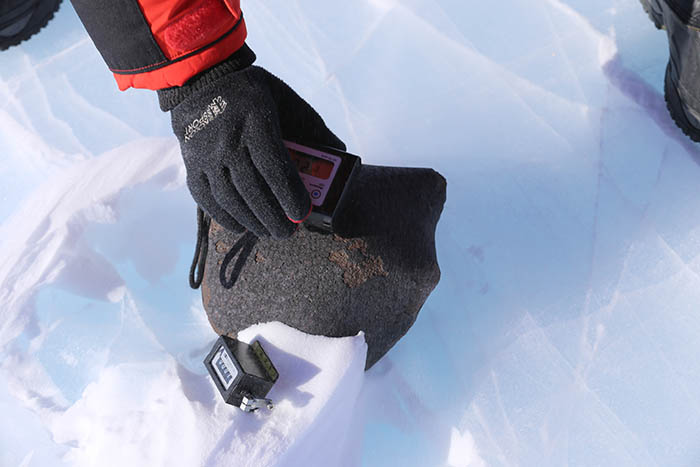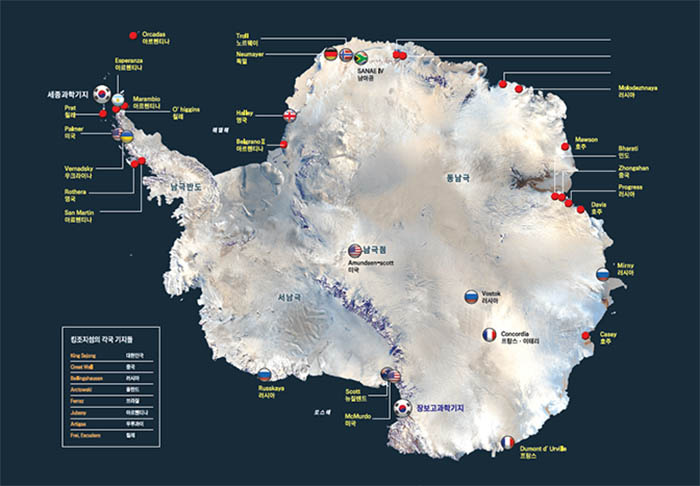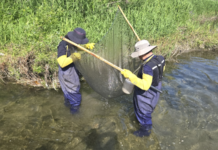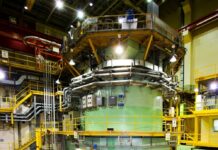
Korea’s Jang Bogo Antarctic Research Station, in its second year of operations, expands its research to cover Antarctica’s sub-glacial lakes, geology and meteorite craters.
Jang Bogo, Korea’s second permanent research station in Antarctica, has been breaking ground in Antarctic research. This year, it will have been in operation for two years.
Jang Bogo is located in Terra Nova Bay, Victoria Land, and the Korean research team there spent the past two years setting up a stable management system to handle its scientific operations. In harsh sub-zero climates — sometimes hitting minus 30 degrees Celsius — the team has now secured four expedition base camps. They have discovered five sub-glacial lakes within a 400-kilometer radius of Jang Bogo, as well as David Glacier, the most imposing outlet glacier in Victoria Land.
A sub-glacial lake is a body of water underneath a glacier. The water below the ice remains liquid because the pressure from the ice causes the melting point of water to go below zero degrees. These lakes are important for the study of new microorganisms and they provide clues for research into climate change. The Jang Bogo team is conducting climate change research, too, by drilling into the core of the glaciers.

Over the past two years, the Jang Bogo Antarctic Research Station has collected over 166 meteorite samples.
The research team has been able to collect over 166 meteorite samples over the past two years. They also found a 300-million-year-old tree fossil that weighs over 300 kilograms.
Finally, there has been progress made into research on Antarctic volcanoes. Last year, the team observed volcanic gas emissions from Mount Melbourne, a massive volcano that makes up most of the coast in Victoria Land. To track the gas emissions, the team installed a seismometer and an automatic weather monitoring system at the summit. The Jang Bogo team plans to monitor volcanic activity and research the components of the magmatic gas emissions to develop a method of predicting volcanic eruptions.

The Jang Bogo Antarctic Research Station team installed a seismometer and an automatic weather monitoring system at the summit of Mount Melbourne to monitor volcanic activity and gas emissions.

Jang Bogo Antarctic Research Station is located in Terra Nova Bay, Victoria Land. Sixteen researchers during the winter months, and sixty researchers during the summer months, work at the station. It consists of 16 buildings set up with 24 other pieces of equipment.
By Lee Hana
Korea.net Staff Writer
Photos: Ministry of Oceans and Fisheries
hlee10@korea.kr























